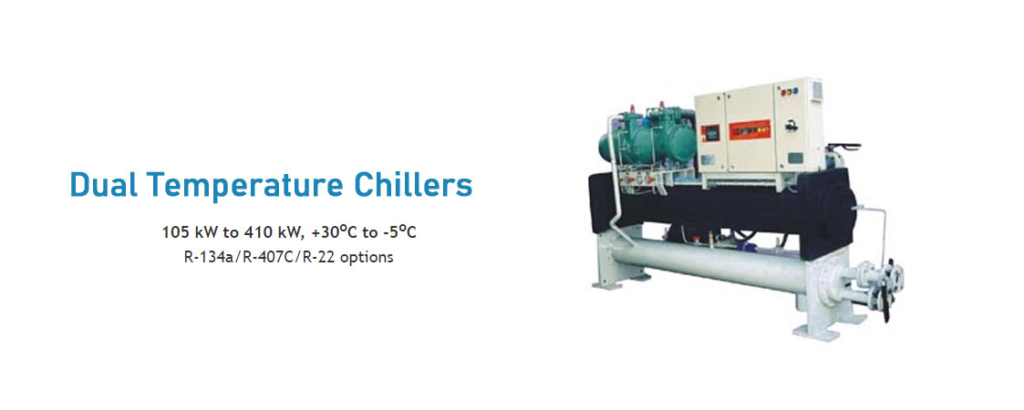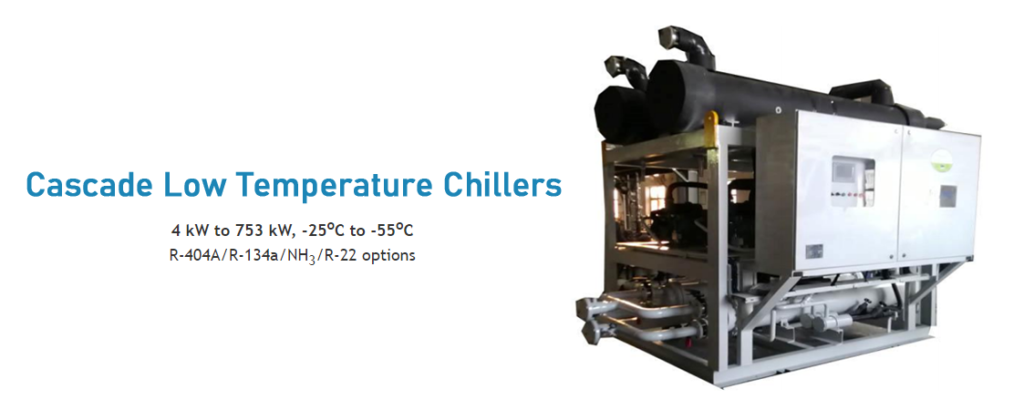Temperature Controller for Chiller- Reynold India
A temperature controller for Chiller is a device that, as its name suggests, is used to control temperatures, usually without much help from a person. A thermocouple or RTD temperature sensor sends information to a controller in a temperature control system. The controller will then compare the current temperature to the setpoint, which is the temperature that should be used to control the system. After that, a control element will get an output.
Most of the time, the controller is only one part of a temperature-controlled system. This means that when choosing the right controller, the whole chillers system needs to be looked at and thought about.
A good example would be if the controller got information from a temperature sensor and sent that information to a device that controls something like a fan or heater.
On-off controllers, proportional controllers, and integral derivative controllers are the three most common process controllers. Depending on the system that needs to be controlled, the operator can run the process with either of these types.

On/Off temperature Controller
A Chiller temperature controller that can turn something on or off is a simple way to control something. The device’s output can only be on or off; it can’t be in any other state. An on-off controller will change the output if the temperature goes above or below the setpoint. When the temperature drops below the threshold, the output turns on. If the internal temperature rises beyond the threshold value, the output will be disabled.
Since the output state changes when the temperature goes above or below the setpoint, the process temperature will keep cycling from below to above and back below the setpoint. When this cycling happens quickly, the controller adds a “hysteresis” to protect the contactors and valves from breaking.

Proportional Control
The goal of proportional controls is to eliminate the cycling that happens with on/off controls. A proportional controller lowers the average power going to the heater as the temperature gets closer to the set point.
A “proportional band” is established around the desired temperature and where the proportioning occurs. This makes the heater move more slowly, so it doesn’t go over the setpoint. Instead, the temperature will stay stable as it gets closer to the set point. An on/off cycle of short duration may achieve this arithmetic proportion. When the temperature is adjusted using “time proportioning,” the ratio of “on” to “off” time is varied.
PID Control
The third kind of controller is known as PID control, which is an acronym that stands for proportional, integral, and derivative control. This controller has two other adjustments in addition to proportional control. This lets the unit adjust itself automatically changes in the system.
These changes, called integral and derivative, are measured in time units and are also called RESET and RATE, which are the opposites of their names. Each proportional, integral, and derivative term must be “tuned” to a given system by trying out different strategies and looking at the results. It is the most accurate and stable controller out of the three. It works best with small-mass systems that react quickly to changes in how much energy is added to the process.



